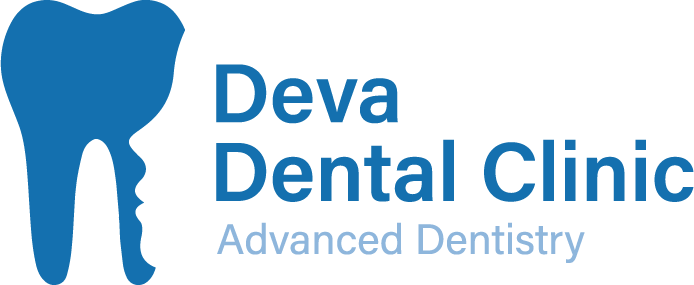Cold sores, herpes labialis. Laser treatment of a cold sore significantly reduces infection time and recovery. The laser treatment removes the infection and allows the healing process to begin
A cold sore usually starts with a tingling, itching or burning feeling. Over the next 48 hours. Many of those affected by herpes are unaware that laser treatment can successfully alleviate their symptoms. The sooner you act when you can tell a cold sore is starting the quicker you can recover from the infection.
Often a tingling or burning sensation can be felt in the area prior to the appearance of erythema and blisters. Laser treatment of a cold sore significantly reduces infection time and recovery. The laser treatment removes the infection and allows the healing process to begin.
Laser Photodynamic therapy can be used as an effective treatment option. The frequency of the occurrence of herpes labialis and also reduces the time required for the infection to heal. Repeat laser treatment with 690 nm(diode) and a lower intensity can be used to reduce the frequency of reoccurrence of herpes infections. Treatment would appear to be more successful the sooner the patient begins with the laser treatment after the start of the herpes infection.
Cold sores and canker sores are best treated at the beginning stages. Painlessly treat your cold sores & canker sores with Diode laser treatment .
Cold sores and canker sores are best treated at the beginning stages. If treated early, a cold sore may not even create a blister or ulcer.
Benefits of Laser Treatment for Cold Sore, Herpes Labialis
High Success Rate: Most cases are resolved after only one laser treatment . Success is higher among patients who seek treatment at the onset of cold sore symptoms. Multiple treatments may be necessary.
Reduces flare-ups: Because the herpes virus stays dormant in the facial nerves, there is a chance that it can flare up again later. In areas where laser treatment is applied, reoccurrence is significantly reduced.
Pain reduced or eliminated after treatment: Laser treatment for cold sores is painless. The laser never touches the skin, and acts on it from a distance. At times, patients may feel heat from the laser, but cool air from an electric dental instrument can increase patient comfort and those with the beginnings of a cold sore relay instant relief, not pain.
How Does the laser work?
Without any injections to numb the area, the laser heats the lesion in order to kill the virus and stimulate your body’s healing potential. The laser does not touch the skin. The heat is controlled by keeping the tip of the laser several millimetres away from the tissue, taking care not to overheat the ulcer. Treatment lasts about 15 minutes, and most patients feel better immediately after treatment
How Does the laser work?
Without any injections to numb the area, the laser heats the lesion in order to kill the virus and stimulate your body’s healing potential. The laser does not touch the skin. The heat is controlled by keeping the tip of the laser several millimetres away from the tissue, taking care not to overheat the ulcer. Treatment lasts about 15 minutes, and most patients feel better immediately after treatment Pain relief is immediate. Healing time of the cold/canker sore will be significantly decreased. The best time to come in for laser treatment of your cold/canker sore is when it is still in the burning/tingling stage. Treatment will be more predictable and effective, and the lesion may never develop. After treatment, both the frequency and intensity of sores will decrease.
Is Laser safe?
Our clinic has professional Dental laser experts who are experienced in their fields and conduct laser treatments in accordance with accepted clinical practices and standards. However, after surgery, you need to put on special eyeglasses to avoid any direct or prolonged exposure to the sun rays. If you are not comfortable with the process or have any queries, please feel free to discuss it with our laser experts and they will explain everything in detail until you are satisfied.
Differences Between Cold Sores & Canker Sores:
To tell the difference between a canker sore and a cold sore, there are certain attributes to look for. Canker sores appear on the soft tissues inside the mouth, while a cold sore usually shows up on the outside of the mouth. A canker sore is Aphthous Ulcers that occur in the mouth. They're not caused by an infection, and they can not be transmitted to partners. Their appearance is similar to the cold sores caused by HSV. A canker sore is an ulcer and a cold sore is a blister. Also, canker sores aren’t contagious but cold sores are very contagious. It’s essential to analyse and identify your condition in order to have the best treatment possible. Canker and cold sores have characteristics that distinguish one from the other. Finding out whether you have a canker sore or a cold sore is the first step towards a more effective treatment.

